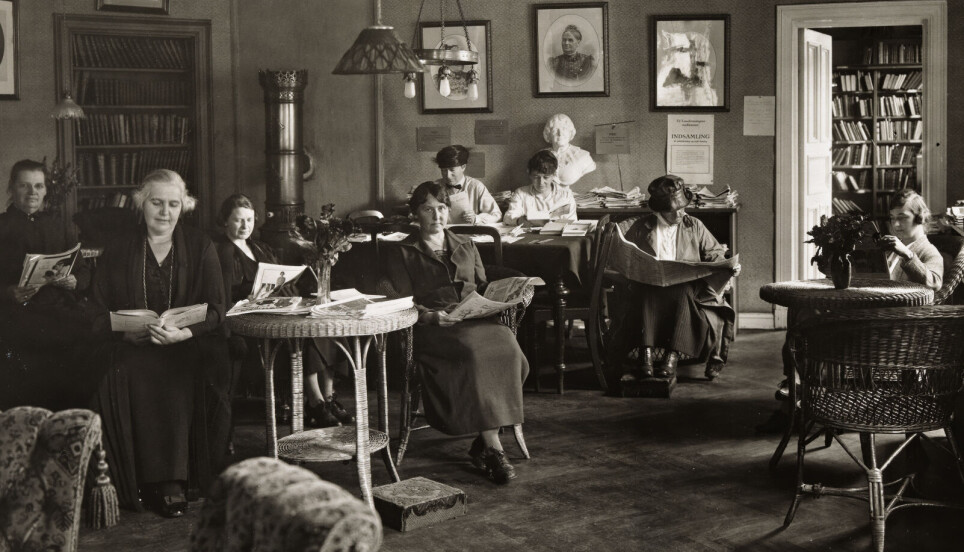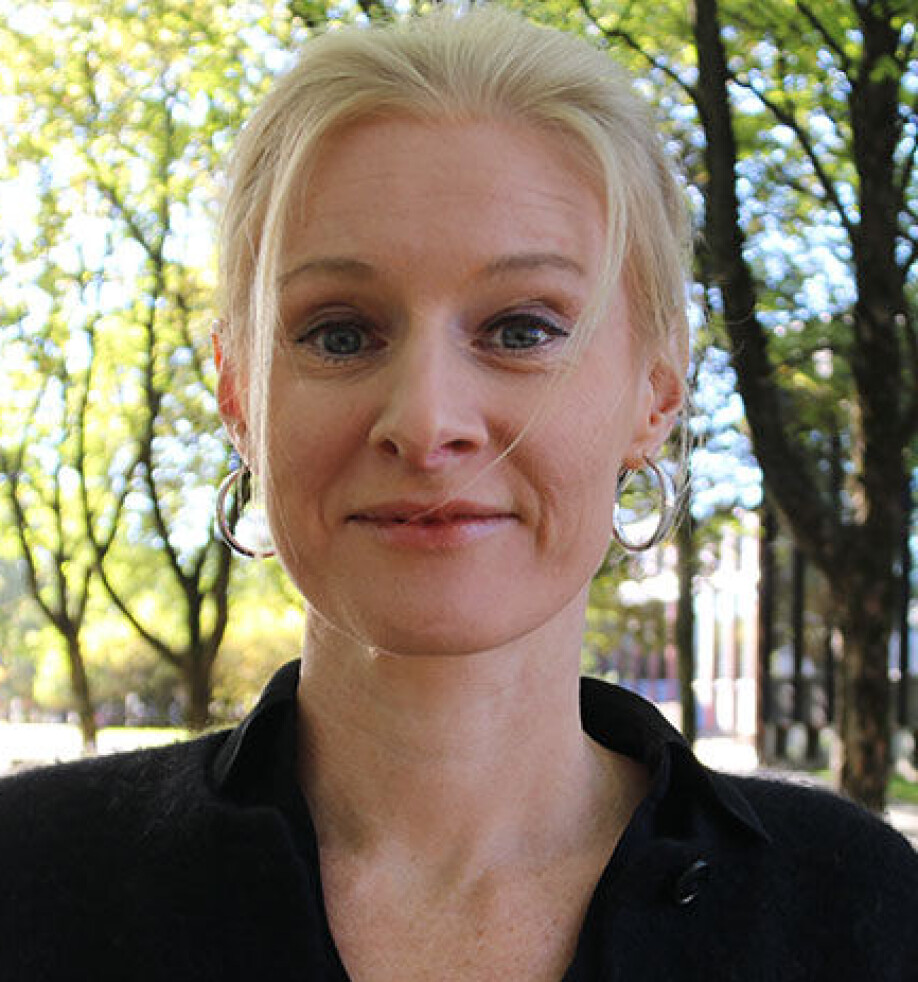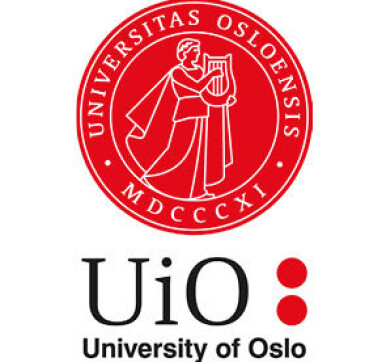THIS ARTICLE/PRESS RELEASE IS PAID FOR AND PRESENTED BY University of Oslo - read more

This is how women were allowed to take part in the public debate in the 19th century
The bourgeois ideals that placed women in the home in the 1800s also gave them the opportunity for greater participation outside the four walls of the house.
“The 1800s was an exciting time due to the public sphere that was emerging. During this period, more literature was circulating than before, people were reading more, and more people were participating in the public debate,” Heidi Karlsen says.
Heidi Karlsen works as a senior academic librarian and researcher at BI Norwegian Business School and is senior lecturer II at the Department of Linguistics and Scandinavian Studies at the University of Oslo where she teaches digital humanities.
In her doctoral thesis, she has investigated texts about women in the period between 1830 and 1880.

The doctoral degree was part of the ‘Data-mining the Digital Bookshelf` project and had the digital book collection of the National Library of Norway as a research object. The National Library has digitised large parts of Norway’s textual cultural heritage from several centuries back to the present day.
Through a collaboration with computational linguist and programmer at the National Library of Norway, Lars G. Johnsen, Karlsen has mapped 7,000 texts.
The texts are taken from novels, short stories, devotional books, didactic books and other types of fiction and non-fiction, of both Norwegian and foreign origin. In the texts, she has found out how women were able to take part in the public debate.
A woman’s place was in the home
While algorithms helped Karlsen find relevant texts, her research is based on the philosopher Michel Foucault's discourse analytical method described in ‘The Archaeology of Knowledge’ from 1969.
“We must read the texts based on the time in which they were written. This is the period just before the modern breakthrough and the prelude to what we see today as the first wave of feminism. Modernity increased knowledge about the population, and it became important for each individual nation to strengthen its population,” she says.
At this time, more men experienced political rights and took a greater part in social life than before, while women’s place in the public debate was securely attached to the home.
“It was an established view that the woman was fundamentally different from the man, that specific qualities were part of her nature, and that these qualities combined with the right formation gave her a special ability to perform her tasks in the home,” says Karlsen.
Ideals that clash with the politics of the time
Heidi Karlsen thinks the difference between men and women at this time is an interesting paradox.
Her research shows that it was the same ideals that placed the woman in the home that also gave her an opportunity to negotiate this position.
“It was important that the woman gave the right food to her children, that she conveyed religious messages and ensured that the children became good Christians. According to the views of that time, women had a natural potential for good morals, and it was also her job to give the children morals and values that enabled them to become good citizens. It was therefore important that she could read and that she got a good formative education so that she could perform these tasks as well as possible,” Karlsen says.
She believes that several of the bourgeois ideals and religious virtues were in conflict with the modernisation of society at the time.
“One of the ideals for women was to remain silent. But how do you ensure that your children become good citizens if you follow that rule?” she asks.
Female nature was not questioned
Many of the texts Karlsen has read are religious devotional books that have been translated from German, Swedish and English, and directly address women with advice and admonitions about how she should be.
However, authors such as Norwegian Camilla Collett, Swedish Fredrika Bremer and French George Sand also wrote about women’s place in society and thus negotiated how free women should be and what kind of areas they should participate in.
“The authors did not dispute natural gender differences but used qualities that were considered specific to female nature as a reason why women should participate in public life,” Karlsen explains.
She highlights examples such as Fredrika Bremer’s text ‘To Sweden’s Women’ which was printed in the ‘Den Constitutionelle’ newspaper in 1844. In the text, she paid homage to female qualities such as the capacity for care, gentleness and kindness.
At the same time her text was a call for women, precisely because of these qualities, to participate in the public sphere to a greater extent.
Technology provides access to more literature
Karlsen found the 7,000 texts for her research project using algorithms that identified specific words when used together. Without the technology, she would not have been able to get through that amount of literature. The digital methods were also important in identifying literature that was not necessarily regarded as high literary texts.
“Due to the fact that the text is digitalised regardless of its status, we also get access to some literature that we have not had access to before. By understanding what we give precedence to and what we disregard, our knowledge of what kind of cultural glasses we are wearing is increased. It allows us to understand more about what society’s prejudices were at a certain point in time,” she explains.
In addition, the National Library of Norway’s digital collection also provided access to foreign texts about women’s place in the public sphere at this time. These were important to include in the research.
“Women’s place in society was also a theme in texts from other countries. Women’s place in Norwegian society should therefore be analysed using international sources. The digitalisation of texts has made it easier for us to do this,” says Karlsen.
References:
Heidi Karlsen. 'A Discourse Analysis of Woman’s Place in Society 1830–1880 through Data Mining the Digital Bookshelf,' Doctoral dissertation, University of Oslo, 2020.
Heidi Karlsen. 'Kvinner i Nasjonalbibliotekets digitaliserte samlinger i perioden 1830–1880: etableringen av en minoriserende diskurs' (Women in the National Library's digitised collections in the period 1830–1880: the creation of a minorising discourse), Minoritetsdiskurser i norsk litteratur, Universitetsforlaget, 2021. Abstract.
Heidi Karlsen: Foucault’s archeological discourse analysis with digital methodology—Discourse on women prior to the first wave women’s movement, Digital Scholarship in the Humanities, 2022.

This article/press release is paid for and presented by the University of Oslo
This content is created by the University of Oslo's communication staff, who use this platform to communicate science and share results from research with the public. The University of Oslo is one of more than 80 owners of ScienceNorway.no. Read more here.
See more content from the University of Oslo:
-
Queer opera singers: “I was too feminine, too ‘gay.’ I heard that on opera stages in both Asia and Europe”
-
Putin’s dream of the perfect family
-
How international standards are transforming the world
-
A researcher has listened to 480 versions of Hitler's favourite music. This is what he found
-
Researcher: "AI weakens our judgement"
-
New, worrying trend among incels, according to researcher




































